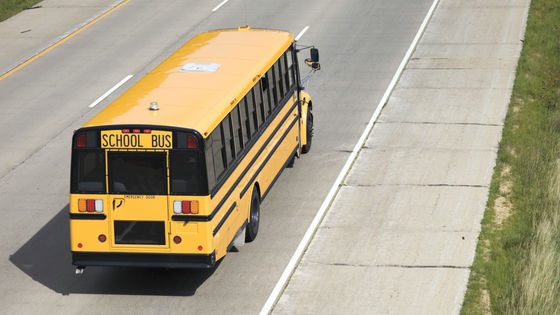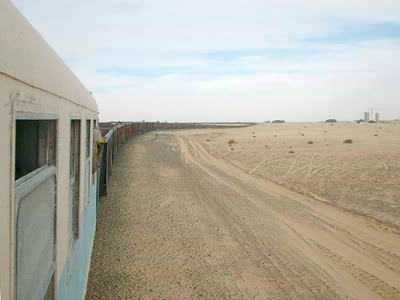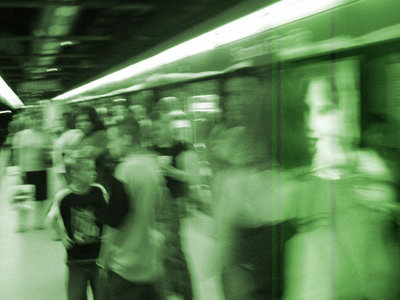What is the problem with 'city planning to go to shopping / work / school / hospital in less than 20 minutes'?

The plan `` to form a city by separating residential districts that can move to major facilities within 20 minutes '' is part of the long-term land development ``
People love the idea of 20-minute neighborhoods.So why isn't it top of the agenda?
https://theconversation.com/people-love-the-idea-of-20-minute-neighbourhoods-so-why-isnt-it-top-of-the-agenda-131193
The “residence where you can move to major facilities in less than 20 minutes” is based on the idea that you can access necessary facilities for living within 20 minutes from home. For example, all facilities, such as schools, companies, supermarkets, hospitals and parks, are within 20 minutes of home. In addition, Plan Melbourne does not consider traveling by car, but instead considers traveling on public transport such as walking, cycling, trains and buses.

Already in some parts of Melbourne, residential areas have been planned to allow access to key facilities within 20 minutes. However, according to Stanley, little action has been seen outside of Melbourne. In order to create a residential area within 20 minutes of suburban Melbourne that can be reached within two minutes, two requirements must be met, Stanley said.
The first is the density of dwellings. According to Stanley, living quarters with access to major facilities in less than 20 minutes will require at least 25-30 homes per hectare to balance services and the supply and demand of the population. It seems necessary. On the outskirts of Melbourne there are only about 18 homes per hectare on average, making it difficult to implement the plan due to the low density of housing.
The second is the level of public transport. According to Stanley, public transport will need to run buses and trains every 20 minutes between 5:00 and 23:00 on weekdays to get to major facilities in less than 20 minutes. This means that a minimum of 55 buses and trains must be operated in one direction per station or stop per day.

In addition, Stanley points out that areas throughout Melbourne that cannot be accessed by train or tram need to be covered by buses, and the need to improve the efficiency of bus travel. Infrastructure needs to be improved, such as increasing the number of buses operated and providing priority bus lanes on roads, and for that purpose, it is necessary to invest about A $ 250 million (about 16.58 billion yen) annually to bus companies Stanley estimates.
`` What needs to be done at the local level to achieve high social, environmental and economic benefits from small expenditures in order to have access to key facilities in less than 20 minutes, '' said Stanley. Or you need to focus on it. '
Related Posts:
in Note, Posted by darkhorse_log







